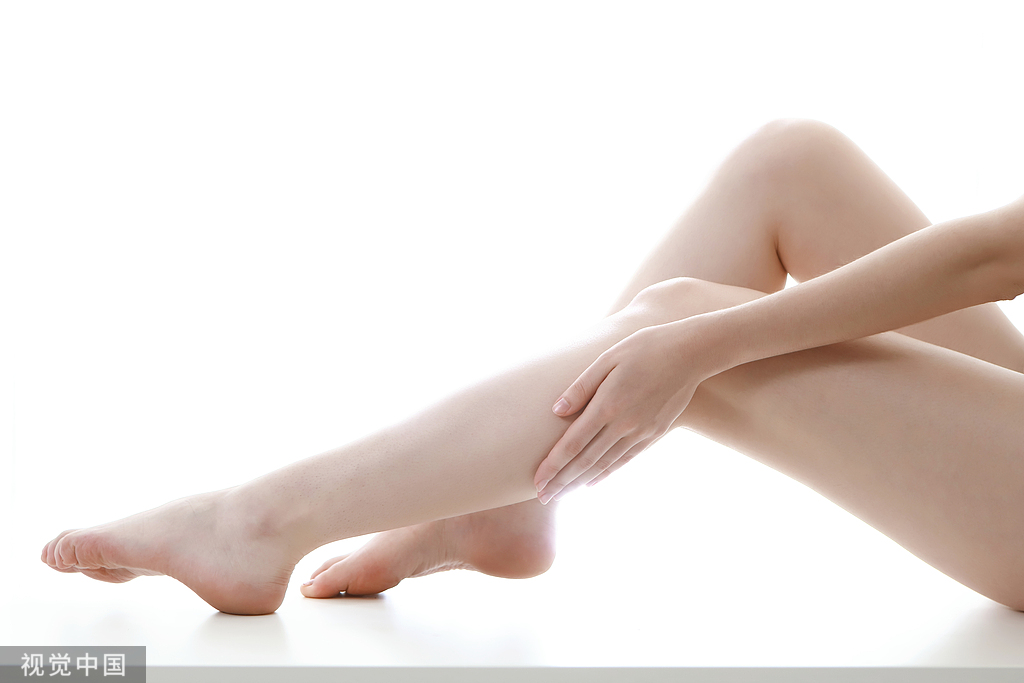
Although the term "osteoarthritis of the knee" might not be widely recognized, many are familiar with the colloquial term "old cold legs." This condition, formally known as osteoarthritis of the knee, is a chronic degenerative joint disease that primarily affects the cartilage and surrounding tissues of the knee, leading to symptoms such as pain, stiffness, swelling, and limited mobility. Just as machinery wears down over time, our knee joints also experience age-related deterioration.
Early osteoarthritis of the knee (EKOA) refers to the initial phase of knee joint degeneration. During this stage, the cartilage and subchondral bone experience only mild wear and tear, with no severe damage yet apparent. Failure to adopt timely preventative and therapeutic measures can lead to rapid disease progression, potentially resulting in severe arthritis with joint deformities that significantly impair the quality of life.
I. Pay Early Attention! Don't Ignore These Symptoms
The symptoms of early osteoarthritis of the knee are often subtle but can be detected with attentive observation:
- Mild Pain: Slight pain may occur during activity or after standing for extended periods, typically relieved by rest.
- Stiffness: Upon waking in the morning or after sitting for a long time, the knee may feel stiff, but this usually improves with movement and lasts no more than an hour.
- Slight Swelling: A sensation of fullness or aching may be felt at the back of the knee during deep squatting.
- Crepitus: Crackling sounds during joint movement can result from the friction between uneven cartilage surfaces.
- Limited Mobility: Pain or a "buckling" sensation in the knee during stair climbing or long walks may indicate restricted movement.
Who is Prone to Developing Early Osteoarthritis of the Knee?
- Age: As we age, knee cartilage gradually loses its vitality, becoming more brittle and susceptible to degeneration.
- Gender: Women are more likely to develop knee osteoarthritis, possibly due to estrogen levels decreasing with age.
- Obesity: Excess weight places additional strain on the knee joint, causing damage to the cartilage. Additionally, obesity can induce a systemic "pro-inflammatory state" that contributes to cartilage damage.
- Genetics: A family history of osteoarthritis increases the risk of developing the condition.
- Exercise Habits: Improper exercise can lead to joint injuries and promote the onset of osteoarthritis.
II. Early Diagnosis to Avoid Misdiagnosis
Physicians diagnose early osteoarthritis of the knee through medical history, symptom assessment, physical examination, and imaging studies. X-rays reveal changes in joint space and signs of osteophyte formation, while MRI provides detailed insights into early changes in cartilage, subchondral bone marrow, and menisci. Diagnosis also considers factors such as age, body habitus, occupation, and lifestyle.
Given the complexity of the knee joint and the multitude of diseases that can affect it, early osteoarthritis must be distinguished from other causes of knee pain, such as traumatic injuries, rheumatoid arthritis, and gout. These conditions, though sharing the symptom of knee pain, have different etiologies, symptoms, and treatment approaches.
Traditional Chinese medicine classifies early osteoarthritis of the knee as a type of "bi syndrome," related to poor circulation of qi and blood, and exposure to cold and dampness. According to different syndrome types (such as qi stagnation and blood stasis, or cold-dampness obstructing the meridians), traditional Chinese medicine employs various treatment methods, such as tuina massage, acupuncture, and herbal medicine, to alleviate pain and promote blood circulation.
III. Early Intervention and Treatment for Better Outcomes
Early intervention and treatment are crucial for managing early osteoarthritis of the knee. The following strategies can help alleviate pain, slow disease progression, and enhance quality of life:
- Health Education: Understanding the chronic nature of early osteoarthritis, its causes, risk factors, and treatment options is essential for effective long-term management.
- Assistive Devices: Using canes or crutches can reduce the load on the knee joint, providing symptom relief and slowing disease progression.
- Physical Therapy: Modalities such as heat and hydrotherapy can improve local blood circulation and reduce inflammation.
- Medications: NSAIDs, topical capsaicin, and intra-articular injections can be used under medical supervision to manage pain and inflammation.
- Traditional Chinese Medicine Therapies: Techniques such as tuina, acupuncture, and herbal remedies can improve knee joint symptoms.
In summary, early osteoarthritis of the knee is not a fearful condition. By recognizing, identifying, intervening, and treating it early, we can effectively preserve the health of our knee joints. Let's take action together to strive for a healthy life!
